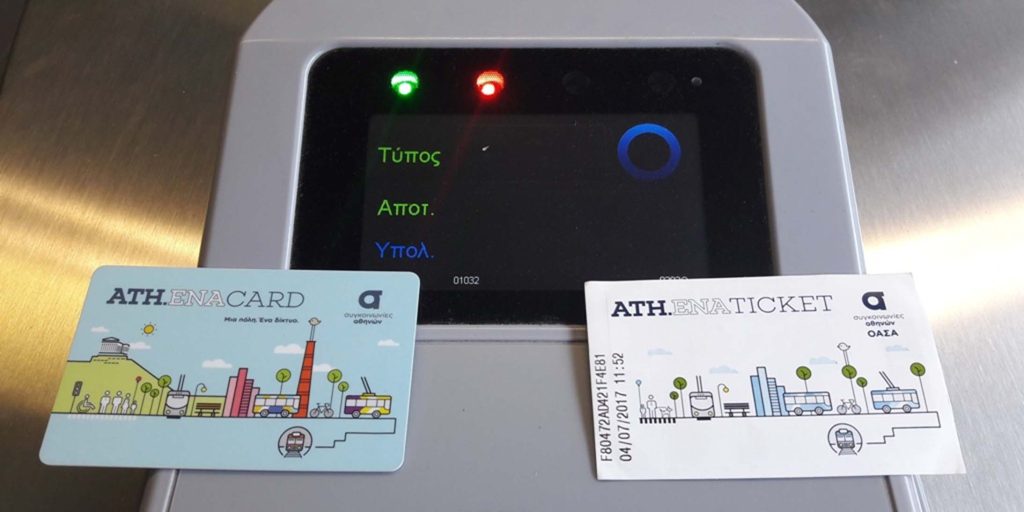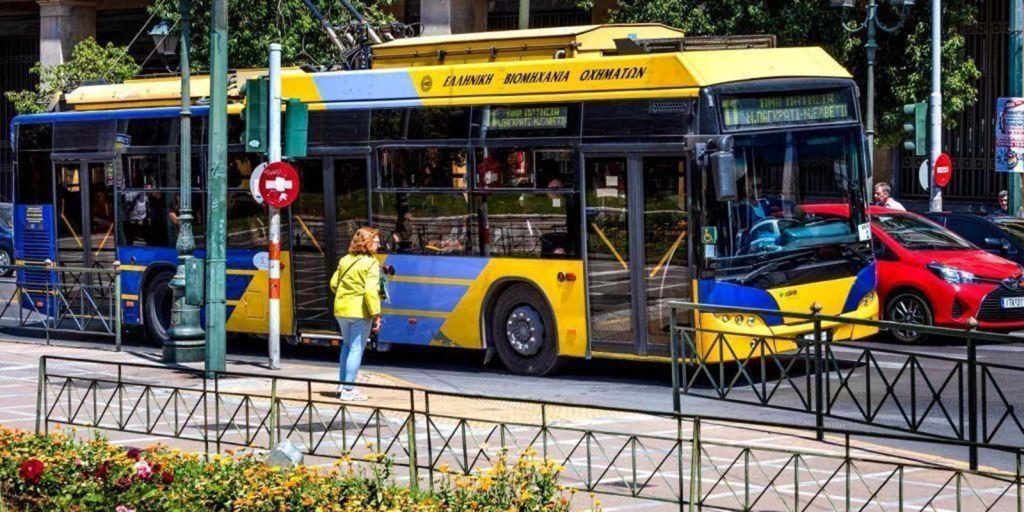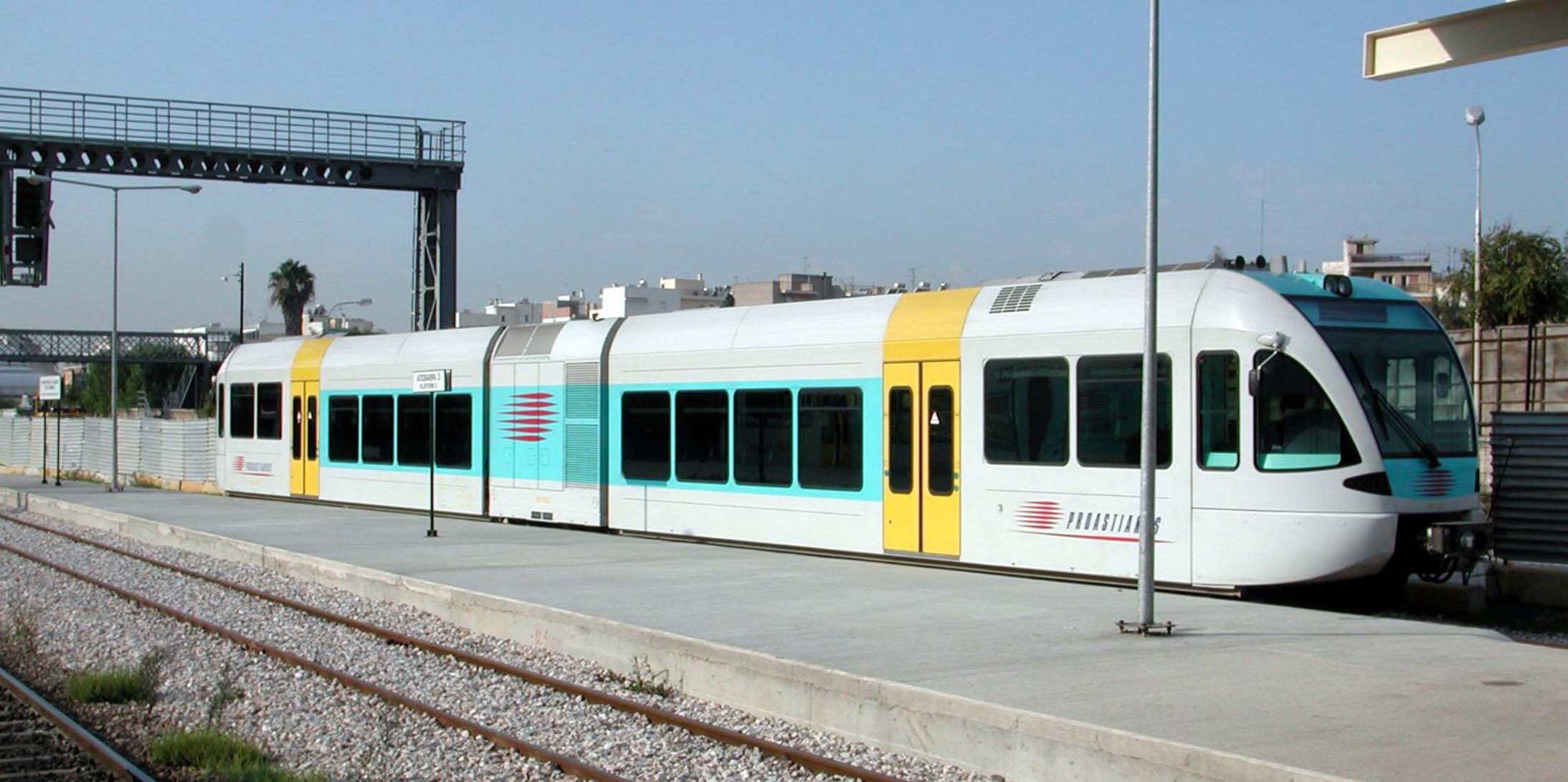Athens, a city of ancient history and modern vibrancy, is a destination that invites exploration. Whether you’re visiting the Acropolis, strolling through the Plaka, or enjoying the beaches along the Athenian Riviera, getting around Athens efficiently is crucial to making the most of your trip. The good news is that Athens boasts a well-developed public transportation system that’s both affordable and easy to use. From the sleek Athens Metro to its extensive bus and tram network, there’s a convenient option for every traveler.
1. Public Transportation in Athens
Athens’ public transport system is operated by OASA (Athens Urban Transport Organization), which manages a network that includes buses, trolleybuses, the Athens Metro, tram, and suburban rail. The different modes of transport are interconnected, making it relatively easy to switch between them, depending on your destination. Tickets are shared across all modes of transport, which simplifies the process of moving between buses, trams, and the metro.
Here’s a breakdown of the main modes of transportation available in Athens:
- Athens Metro: The metro has three main lines that connect central Athens to suburbs and even the airport.
- Buses and Trolleybuses: Extensive routes that cover every part of the city, including suburbs.
- Tram: Primarily services the coastal areas along the Athenian Riviera.
- Suburban Rail (Proastiakos): Connects the city with outer suburbs and nearby towns, including connections to the Athens International Airport.
- Taxi: While not technically public transportation, taxis in Athens are abundant and relatively affordable compared to other European capitals.
2. Ticketing and Fare System
One of the great things about public transport in Athens is that the same ticket can be used on buses, trolleys, trams, and the metro. Here’s what you need to know about the fare system:
Types of Tickets
- Standard Ticket: Costs 1.20 euros and is valid for 90 minutes across all modes of transport (metro, tram, bus, trolleybus, and suburban railway within the city zone). You can transfer between different transport modes as many times as you like within the 90-minute window.
- 24-Hour Ticket: For 4.10 euros, you can enjoy unlimited travel across all modes of public transport for 24 hours. This is great if you plan to move around a lot in one day.
- 5-Day Ticket: At 8.20 euros, this ticket allows unlimited travel for five days, which is perfect for longer stays.
- Airport Ticket: A one-way ticket from Athens International Airport to central Athens on the metro costs 9 euros. You can also use the express bus from the airport for 6 euros.
How to Buy Tickets
Tickets can be purchased from vending machines in metro stations, tram stops, or bus terminals. Most machines accept cash or credit cards. Alternatively, tickets can be bought at any of the OASA ticket counters found in metro stations.

Important: Don’t forget to validate your ticket! All tickets must be validated at the machines located at the entrance of metro stations, or as you board buses and trams. Failure to validate can lead to hefty fines if caught by ticket inspectors.
Tourist Pass
If you’re in Athens for a short stay and planning to visit several sites, you might want to consider the Athens Tourist Pass. This pass includes public transportation, as well as entry to key landmarks like the Acropolis and the Acropolis Museum. These passes can be a great way to save money while combining your transportation and sightseeing needs.
3. The Athens Metro
The Athens Metro is, without a doubt, the most convenient way to navigate the city. Clean, air-conditioned, and reliable, it offers quick access to key attractions and districts. The metro consists of three lines:
- Line 1 (Green Line): Runs from Piraeus (the city’s main port) to Kifisia, passing through Monastiraki and Omonia stations. This line is older but still efficient and serves many local suburbs.
- Line 2 (Red Line): Runs from Anthoupoli to Elliniko and passes through key stops such as Syntagma Square and Acropolis. This is the line you’ll use to visit the Acropolis Museum and the ancient Agora.
- Line 3 (Blue Line): This line runs from Nikaia to Doukissis Plakentias, continuing to Athens International Airport. It connects to Syntagma Square, making it ideal for reaching central Athens from the airport.
Using the Metro to Explore Athens
- Acropolis Station (Red Line): This is your stop for visiting the Acropolis, Parthenon, and Acropolis Museum.
- Syntagma Station (Blue & Red Lines): Central hub connecting major attractions like Syntagma Square, Parliament, and the National Garden.
- Monastiraki Station (Green & Blue Lines): Famous for its flea market and proximity to Plaka, Hadrian’s Library, and the Roman Agora.
- Piraeus Station (Green Line): Main port for ferries to the Greek islands.
Metro Hours
The Athens Metro operates from 5:30 AM to midnight, with the exception of Friday and Saturday nights, when service runs until 2:30 AM. Trains run every 4–6 minutes during peak times, and every 10–15 minutes during off-peak hours.
4. Buses and Trolleybuses
Athens’ bus and trolleybus system is extensive, covering areas that the metro doesn’t reach. While buses are slower due to traffic, they are still an essential part of the city’s public transportation network. Buses and trolleys operate from around 5:00 AM to midnight, although some routes run 24 hours, including the express buses from the airport.

Key Bus Routes for Visitors
- X80: This is a special express bus route designed for tourists, connecting the port of Piraeus to the Acropolis and Syntagma Square. It’s a great option for cruise passengers or those coming in by ferry.
- Airport Express Buses (X93, X95, X96, X97): These routes connect Athens International Airport to different parts of the city. The most popular route for travelers is the X95, which runs from the airport to Syntagma Square.
How to Use the Bus System
Buses can be a little harder to navigate due to traffic and less punctual timetables compared to the metro. You’ll need to buy and validate your ticket just like with the metro. Bus stops are clearly marked, and most have electronic signs displaying the estimated time of arrival for the next bus. I recommend downloading the OASA Telematics app or using Google Maps for real-time bus schedules.
5. Trams: Coastal Journeys Along the Riviera
Athens’ tram network isn’t as extensive as its buses or metro system, but it’s the perfect option if you’re looking to explore the beautiful Athenian coastline. The tram connects Syntagma Square in the city center to coastal areas like Glyfada and Voula, taking you along the scenic Athenian Riviera.
Popular Tram Routes
- Line 3: Runs from Syntagma to Voula, passing through beachside neighborhoods like Faliro and Glyfada. If you’re looking for a break from the city and want to enjoy a relaxing day by the sea, the tram is the way to go.
The trams are modern and comfortable, though slower than the metro. However, if you’re not in a hurry, the tram offers a scenic way to experience Athens’ coastal areas.
6. Proastiakos: The Suburban Railway
The Proastiakos suburban railway serves Athens’ outer suburbs and nearby towns. It’s also the easiest way to get from Athens International Airport to the city if you’re staying in a suburb or want to visit places like Corinth or Kiato. The Blue Line of the metro intersects with the Proastiakos at Doukissis Plakentias station, allowing for seamless connections.

Airport Connections
The suburban railway offers direct service from Athens International Airport to the Larissa Station, which is Athens’ central railway station. From here, you can take intercity trains to destinations across Greece.
7. Taxis and Ridesharing
Taxis are readily available throughout Athens and are a more affordable option compared to other European cities. The starting fare is 3.50 euros, and most trips within the city center will cost between 5–10 euros. Athens also has Uber, but it operates differently than in other countries, as all Uber rides are provided by licensed taxi drivers. You can still use the app to request a ride, track your route, and pay through the app, making it a convenient option.
8. Tips for Getting Around Athens
- Avoid Peak Hours: Athens’ public transport can get very crowded during rush hour (around
7:30 AM–9:30 AM and 5:00 PM–7:00 PM). If possible, plan your travel outside these times.
- Use the OASA Telematics App: This free app gives real-time updates on bus and metro schedules, which is incredibly useful, especially if you’re using the bus network.
- Be Mindful of Pickpockets: Like in any major city, keep an eye on your belongings, especially on crowded metro trains and buses.
Navigating Athens using public transport is efficient, affordable, and offers visitors a chance to explore the city with ease. From the modern metro system to the scenic trams and the extensive bus network, there’s a public transport option for every need. With the convenience of unified tickets and easy-to-understand routes, even first-time visitors will find Athens’ public transport system a stress-free way to get around.



